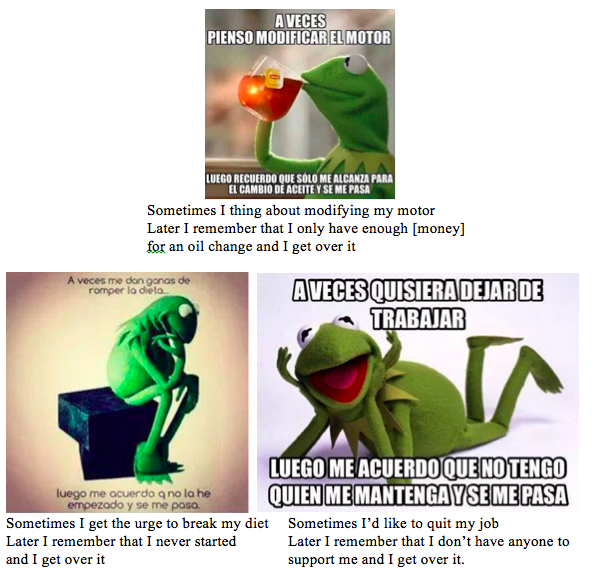It's not standard practice, but both this project and the research that led to my PhD have happened in this way. I've been in and out of the field, and end up writing significant portions of the ethnography while in the field. For me this has been helpful. When you need to check a fact, you text or visit a friend. When you need a little more information, it only takes a few hours to set up a short interview. While it might be harder to get into the headspace of writing while in the field, it has its advantages.
So, I'm not sure what will end up in these fieldnotes for the next few months (until I move to Santiago in June for the rest of my postdoc residency), but it will certainly reflect, in its own way, the actual space in which I'm writing. And I suppose that's one thing I appreciate about anthropology. That's not something to be overcome but something to learn from.


 RSS Feed
RSS Feed
